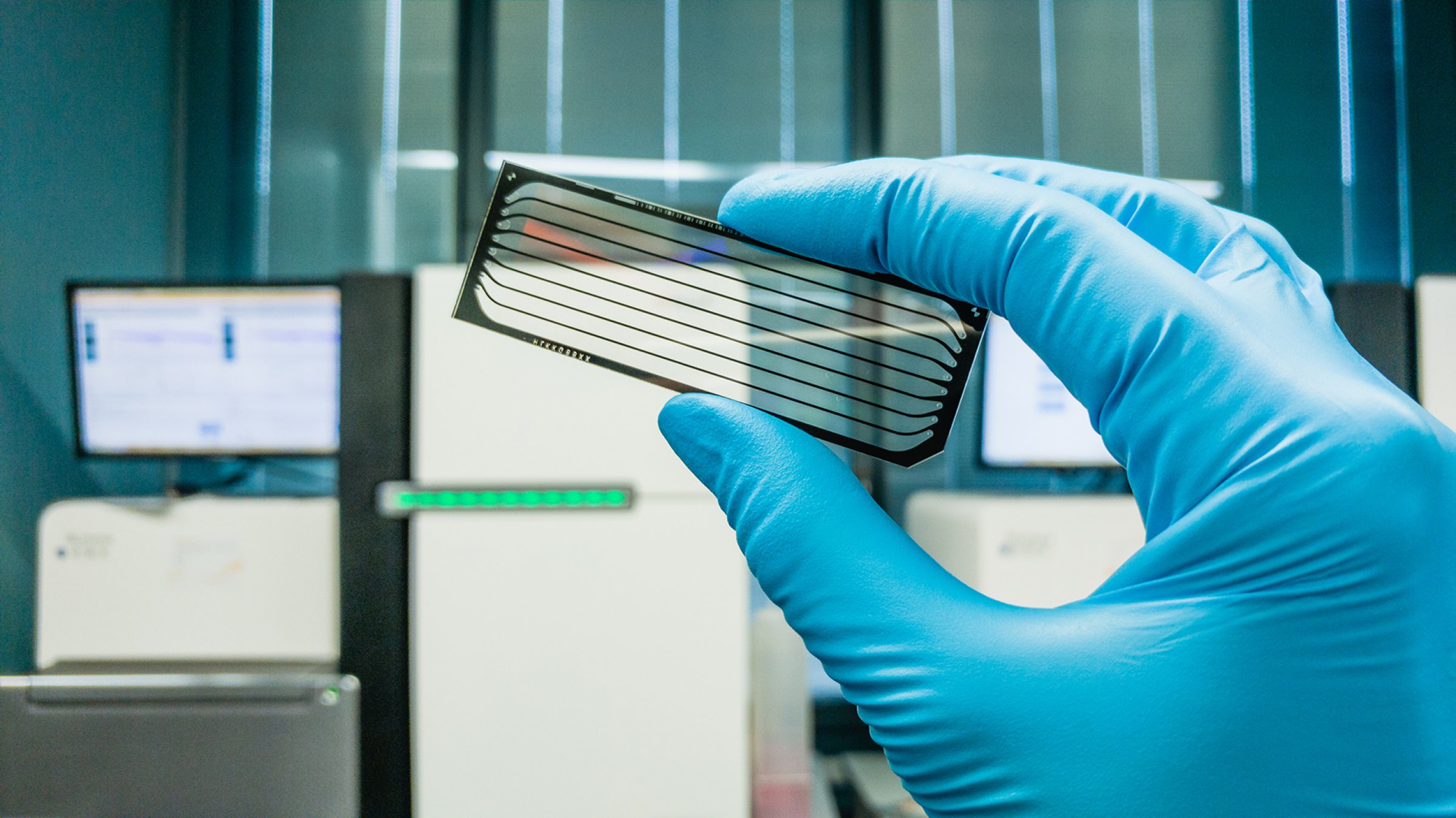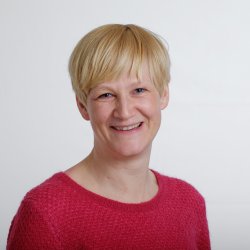The project (SEQ-TECH) is a recently started internal initiative that will help to establish the new sequencing technology at the Norwegian Veterinary Institute.
The Norwegian Veterinary Institute is in a unique position with regard to expertise and access to sample material from animals, fish, environment
- The new generation of sequencing technology is important both within human and veterinary medicine. Knowledge and expertise in such technology are crucial for us in order to fulfill our role as a key contributor in society in regards of preparedness for infection and disease that can affect animals in water and on land, people and the environment, she says and adds:
- In the coming years, the technology will be important for improving diagnostics, identifying infectious agents and the management of disease outbreaks. In addition, it will provide opportunities to discover new and unknown diseases. The technology may, for example, indicate how the infection affects the host, as well as the effect of vaccines, but also how an altered diet may have on both the host and the microbiota (for example, the intestinal flora).
- During the start-up of the project, our main focus will be on whole genome sequencing, which gives us knowledge of an organism's total genetic material. Knowledge of genetic material of a microorganism is important in risk assessment in order to assess the potential of different bacteria and viruses to cause disease and to spread antibiotic resistance.
The utility of "Next-generation sequencing" was evident during a major outbreak of pathogenic E. coli (enterohemorrhagic E. coli (EHEC)) which started in Germany in 2011 and spread throughout Europe -
"This is one of the largest E. coli outbreaks described, almost 4,000 were infected and over 50 people died," says Sekse.
- Through whole-genome sequencing, researchers could quickly characterize the bacterial strain and identify the genetic properties that increased the microbe's ability to induce disease. From these analyses, properties of the microbe were quickly identified, which were again used to clarify the extent of the outbreak, and eventually identify likely infections and pathways, she explains.
Whole genome sequencing is now used in several countries to monitor pathogenic and antibiotic-resistant bacteria, as well as the identification and tracking of disease outbreaks.
Sekse explains that when necessary knowledge and expertise have been developed in the field of whole genome sequencing, the institute will also be able to further develop and establish routines for other sequence-based applications, including metagenomics and transcriptomics.
The project is funded by the Research Council of Norway earmarked for strategic institute initiative. NOK 16 million has been allocated in the period 2019-2022.

